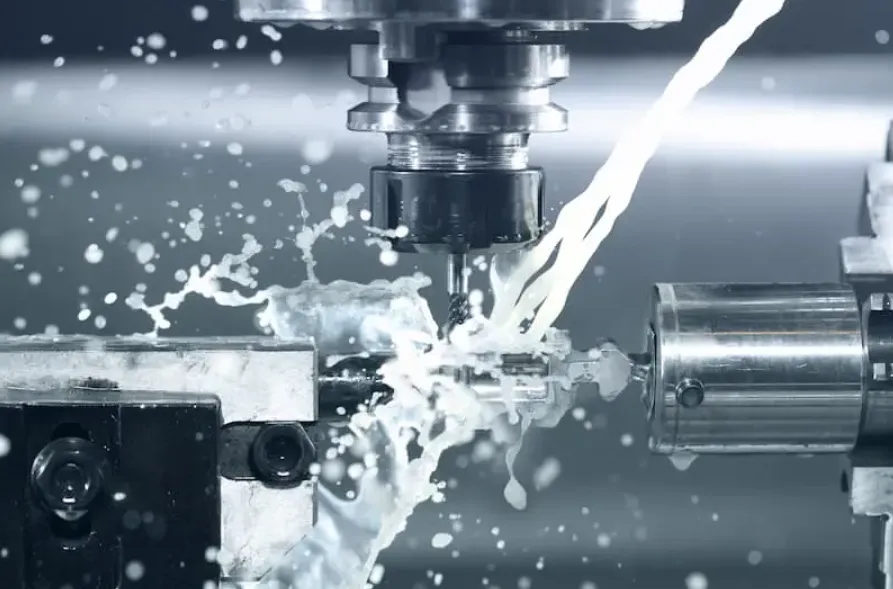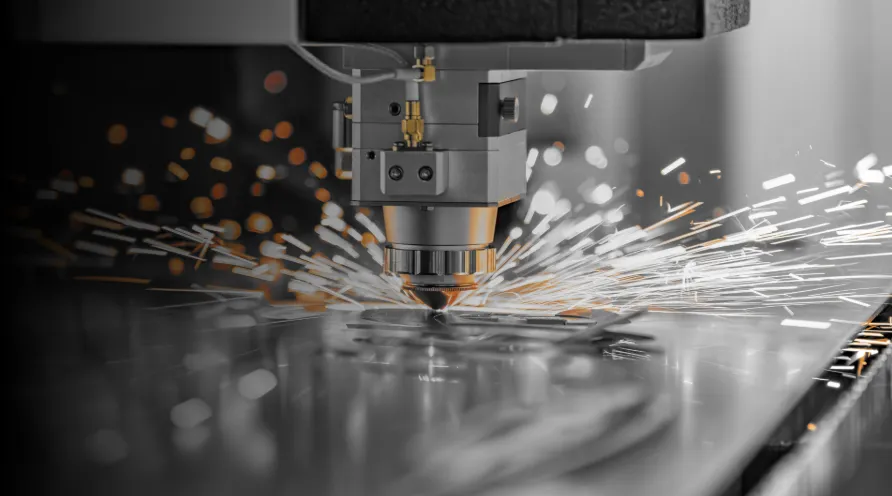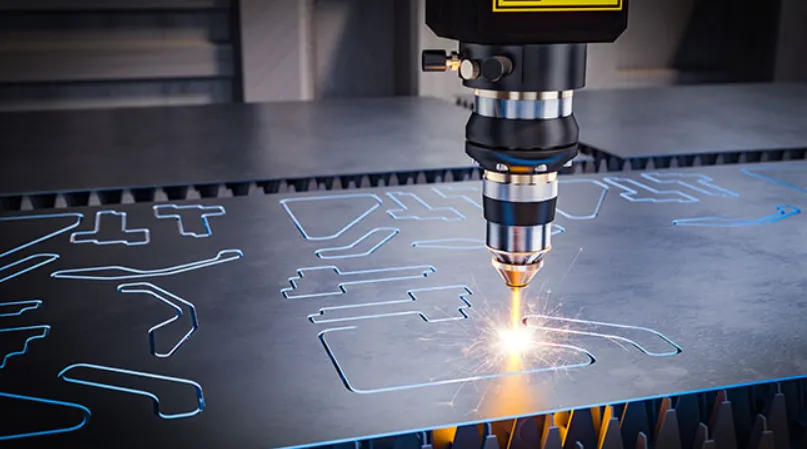Cam manufacturing is a critical facet of the mechanical engineering and manufacturing sectors, integral to the functionality of numerous machines and systems. Cams are mechanical components used to convert rotational motion into linear or oscillating motion, enabling precise control over mechanical movements in engines, machinery, automation systems, and various industrial applications. The sophistication involved in cam manufacturing ensures the reliability and efficiency of these systems, making it a cornerstone in industries ranging from automotive to aerospace.
Historical Evolution of Cam Manufacturing
The concept of cams dates back to ancient civilizations, where rudimentary cam mechanisms were employed in devices like water clocks and automata. However, it was during the Industrial Revolution in the 18th and 19th centuries that cam manufacturing began to take shape as a distinct engineering discipline. The increased demand for efficient machinery in textile mills, steam engines, and manufacturing plants necessitated the development of more advanced cam designs and manufacturing techniques.
By the early 20th century, cam mechanisms became integral to internal combustion engines, particularly in valve timing systems. The advent of automation and the rise of the automotive industry further propelled advancements in cam manufacturing, leading to the precision engineering standards observed today. The integration of computer-aided design (CAD) and computer numerical control (CNC) machining in the late 20th century revolutionized the production capabilities, allowing for greater complexity and precision in cam profiles.
 Manufacturing Processes in Cam Production
Manufacturing Processes in Cam Production
Cam manufacturing encompasses a series of intricate processes that ensure the final product meets stringent performance and durability standards. These processes can be broadly categorized into design, material selection, machining, and finishing.
Design and Engineering
The foundation of effective cam manufacturing lies in meticulous design and engineering. Utilizing advanced CAD software, engineers can conceptualize and model cam profiles with high precision. The design process involves defining the cam’s geometry to achieve desired motion profiles, considering factors such as speed, acceleration, and load requirements. Finite Element Analysis (FEA) is often employed to simulate and optimize the cam’s performance under various operational stresses, ensuring reliability and longevity.
Material Selection
Selecting the appropriate material is paramount in cam manufacturing, as it directly influences the component’s performance, wear resistance, and durability. Common materials used include:
-
High-Carbon Steel: Renowned for its strength and wear resistance, high-carbon steel is a prevalent choice for heavy-duty cam applications.
-
Alloy Steel: Incorporating elements like chromium and molybdenum, alloy steels offer enhanced toughness and fatigue resistance, suitable for high-stress environments.
-
Stainless Steel: Valued for its corrosion resistance, stainless steel is used in applications where exposure to harsh environments is expected.
-
Aluminum Alloys: Lightweight and offering good machinability, aluminum alloys are preferred in applications where weight reduction is critical, albeit with lower wear resistance compared to steel.
Machining Techniques
Precision machining is essential in cam manufacturing to achieve the intricate and accurate profiles required for optimal performance. Key machining processes include:
-
CNC Turning: Utilizing computer-controlled lathes, CNC turning allows for the precise shaping of cam blanks by removing material with high accuracy. This process is fundamental in achieving the initial cam profile.
-
Milling: CNC milling machines are employed to create complex cam profiles and features that cannot be achieved through turning alone. This includes the generation of intricate lobes and follower engagement surfaces.
-
Grinding: To attain the finest surface finishes and tolerances, grinding is performed on cam surfaces. Cylindrical and surface grinding techniques ensure that the cam operates smoothly with minimal friction and wear.
-
EDM (Electrical Discharge Machining): For particularly hard materials or complex geometries, EDM is utilized to erode material precisely, facilitating the creation of detailed cam profiles that are difficult to achieve with traditional machining.
Heat Treatment and Hardening
Post-machining heat treatment processes are often necessary to enhance the mechanical properties of the cams. Techniques such as quenching and tempering are employed to increase hardness, improve wear resistance, and reduce brittleness. Surface hardening methods, like induction hardening, are also applied to specific areas of the cam to extend its service life without compromising the overall toughness.
Finishing Processes
Finishing processes are critical in achieving the desired surface quality and dimensional accuracy. These include:
-
Polishing: Enhances the surface smoothness, reducing friction and wear during operation.
-
Coating: Application of protective coatings, such as nitriding or carburizing, to further improve surface hardness and corrosion resistance.
-
Deburring: Removal of residual burrs and sharp edges to ensure smooth operation and prevent premature wear or failure.
Technologies Transforming Cam Manufacturing
Advancements in manufacturing technologies have significantly enhanced the precision, efficiency, and versatility of cam production. Key technologies influencing modern cam manufacturing include:
Computer Numerical Control (CNC) Machining
CNC machining has revolutionized cam manufacturing by enabling high-precision and repeatable production of complex cam profiles. Multi-axis CNC machines can perform intricate cuts and movements, reducing the need for manual adjustments and minimizing human error. The integration of CAD/CAM software with CNC machines facilitates seamless design-to-production workflows, accelerating the development process and ensuring consistency across production batches.
Additive Manufacturing (3D Printing)
While traditionally dominated by subtractive processes, cam manufacturing is increasingly exploring additive manufacturing techniques. 3D printing allows for rapid prototyping and the creation of complex geometries that are challenging to achieve with conventional machining. Materials such as metal powders for selective laser melting (SLM) enable the production of durable and functional cams, particularly useful for bespoke applications and rapid design iterations.
Advanced Simulation and Modeling
Modern simulation tools play a pivotal role in cam manufacturing by allowing engineers to model and analyze cam motion and performance before physical production. Finite Element Analysis (FEA) and kinematic simulations help in optimizing cam designs for stress distribution, minimizing wear, and ensuring smooth operation. These tools reduce the need for multiple physical prototypes, saving time and resources during the development phase.
Automation and Robotics
Automation in cam manufacturing encompasses the use of robotic arms and automated guided vehicles (AGVs) to handle repetitive tasks such as material handling, assembly, and inspection. This not only increases production efficiency but also enhances workplace safety by minimizing human exposure to hazardous processes. Automated systems ensure high consistency and quality, particularly in high-volume production environments.
Quality Control Technologies
Implementing advanced quality control technologies is essential in maintaining the high standards required in cam manufacturing. Coordinate Measuring Machines (CMM) and laser scanning systems provide precise measurements of cam geometries, ensuring adherence to design specifications. Non-destructive testing (NDT) methods, such as ultrasonic and magnetic particle inspections, detect internal and surface defects without damaging the parts, ensuring the reliability of the final products.
Applications of Cams in Various Industries
Cams are ubiquitous in numerous industries, serving as essential components in diverse mechanical systems. Key applications include:
Automotive Industry
In automotive engines, cams control the timing and movement of valves, ensuring efficient intake and exhaust processes. Camshafts in internal combustion engines are meticulously engineered to optimize engine performance, fuel efficiency, and emissions. Additionally, cams are used in automotive suspension systems, steering mechanisms, and automatic transmissions to facilitate smooth and controlled movements.
Aerospace Sector
Aerospace applications require cams with exceptional precision and reliability. They are utilized in control surface actuation systems, landing gear mechanisms, and auxiliary power units. The stringent safety and performance standards in aerospace demand cams that can withstand extreme conditions and deliver consistent performance over extended periods.
Manufacturing and Automation
Cams play a vital role in manufacturing machinery and automation systems, driving components such as conveyors, robotic arms, and assembly lines. In automated manufacturing, cams ensure synchronized movements of various machine parts, enhancing production efficiency and accuracy. They are also integral to packaging machines, injection molding equipment, and CNC machinery.
Consumer Appliances
Household appliances, including washing machines, dishwashers, and air conditioners, incorporate cams in their mechanical systems. Cams regulate the movement of agitators, valves, and other components, enabling precise control over operational cycles and enhancing the functionality and durability of appliances.
Textile Industry
In textile machinery, cams control the movement of spindles, looms, and other components, facilitating the complex motions required in fabric production. Precision cams ensure consistent fabric quality and efficient operation of textile manufacturing equipment.
Industry Trends in Cam Manufacturing
The cam manufacturing industry is continually evolving, driven by technological innovations and shifting market demands. Several key trends are shaping the future of cam production:
Precision and Customization
With the increasing complexity of mechanical systems, there is a growing demand for highly precise and customized cam profiles. Manufacturers are leveraging advanced CAD/CAM software and CNC machining to produce bespoke cams tailored to specific applications, enhancing the performance and efficiency of end-use systems.
Integration of Smart Technologies
The incorporation of smart technologies, such as sensors and IoT connectivity, is transforming cam manufacturing. Smart cams equipped with embedded sensors can monitor wear, fatigue, and performance in real-time, enabling predictive maintenance and reducing downtime. Data analytics derived from smart cams provide valuable insights for optimizing machinery operation and extending component life.
Sustainability and Eco-Friendly Practices
Environmental sustainability is gaining prominence in cam manufacturing. Manufacturers are adopting eco-friendly materials, reducing waste through efficient machining processes, and implementing recycling programs for metal scraps and used components. Additionally, energy-efficient manufacturing techniques are being employed to minimize the environmental footprint of cam production.
Advanced Materials and Coatings
The development of advanced materials and surface coatings is enhancing the performance and longevity of cams. High-performance alloys, composite materials, and specialized coatings such as titanium nitride (TiN) and diamond-like carbon (DLC) coatings improve wear resistance, reduce friction, and extend the service life of cams, particularly in demanding applications.
Automation and Industry 4.0
The advent of Industry 4.0 is driving increased automation and digitization in cam manufacturing. Smart factories equipped with interconnected machines, real-time data monitoring, and automated quality control systems are enhancing production efficiency, reducing errors, and enabling flexible manufacturing processes that can quickly adapt to changing demands.
Additive Manufacturing Adoption
Additive manufacturing is expanding its role in cam production, particularly for prototyping and low-volume specialized cams. The ability to produce complex geometries and rapid design iterations complements traditional machining processes, offering manufacturers greater flexibility and innovation in cam design and production.
Future Outlook
The future of cam manufacturing is poised for continued innovation and growth, shaped by technological advancements and evolving industrial needs. Emerging technologies such as artificial intelligence (AI) and machine learning are expected to further enhance design optimization, predictive maintenance, and quality control processes. Additionally, the ongoing development of lightweight and high-strength materials will pave the way for cams that offer superior performance with reduced weight, catering to industries prioritizing efficiency and sustainability.
As industries increasingly embrace automation and smart manufacturing, cam manufacturers will need to invest in advanced robotics, data analytics, and intelligent systems to stay competitive. The demand for versatile and adaptable cams in diverse applications will drive the proliferation of customized solutions, fostering a collaborative relationship between cam manufacturers and their clients.
Moreover, the globalization of manufacturing and the rise of emerging markets will present new opportunities and challenges, necessitating strategic expansion and adaptation to diverse regulatory and market environments. Manufacturers that prioritize innovation, quality, and sustainability will be well-positioned to lead the cam manufacturing sector into the future, meeting the dynamic needs of industries worldwide.
In summary, cam manufacturing remains a vital and dynamic field within the broader manufacturing landscape. Through continuous advancements in design, materials, and manufacturing technologies, cam manufacturers are enabling the efficient and reliable operation of countless mechanical systems, underscoring the indispensable role of cams in modern engineering.








